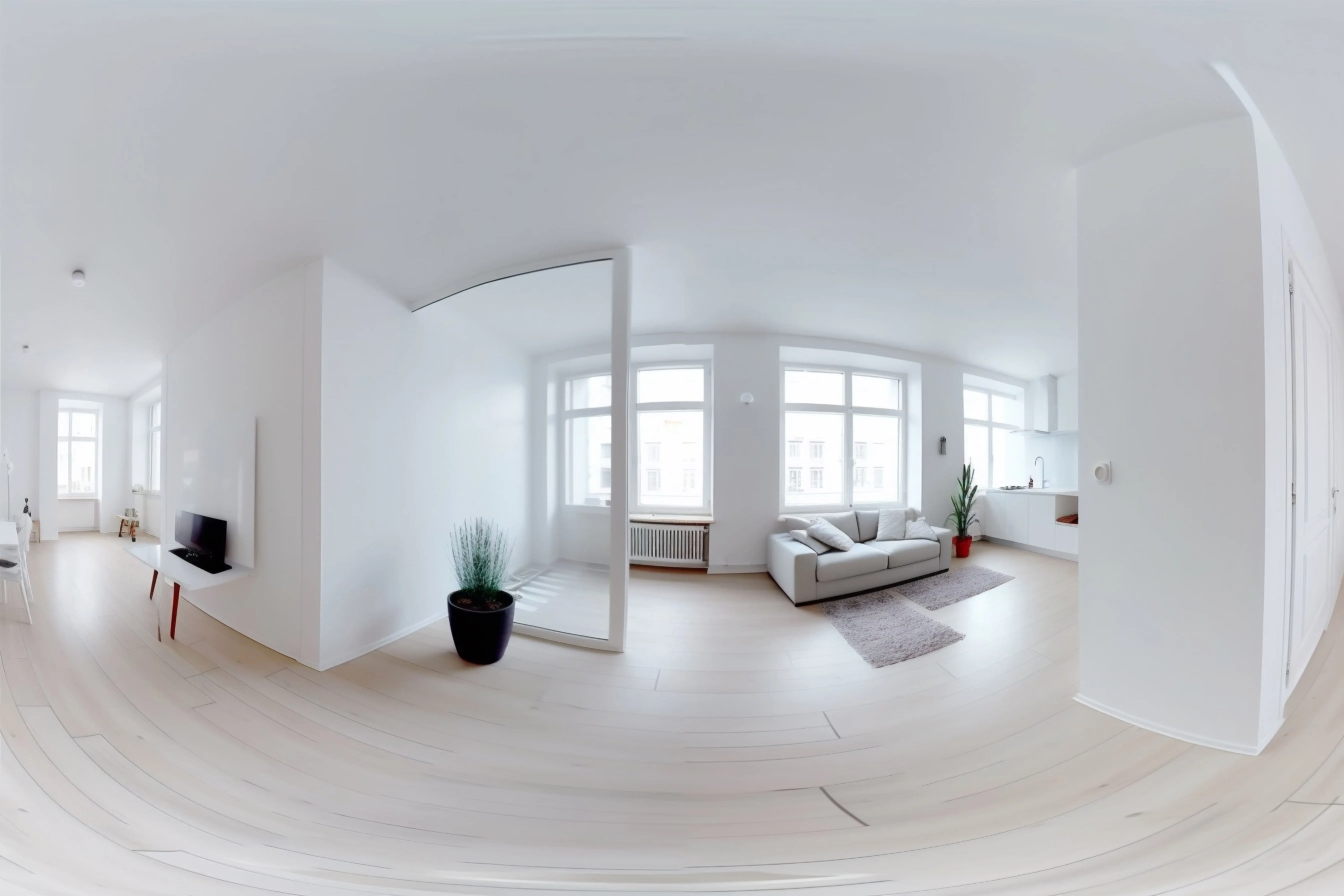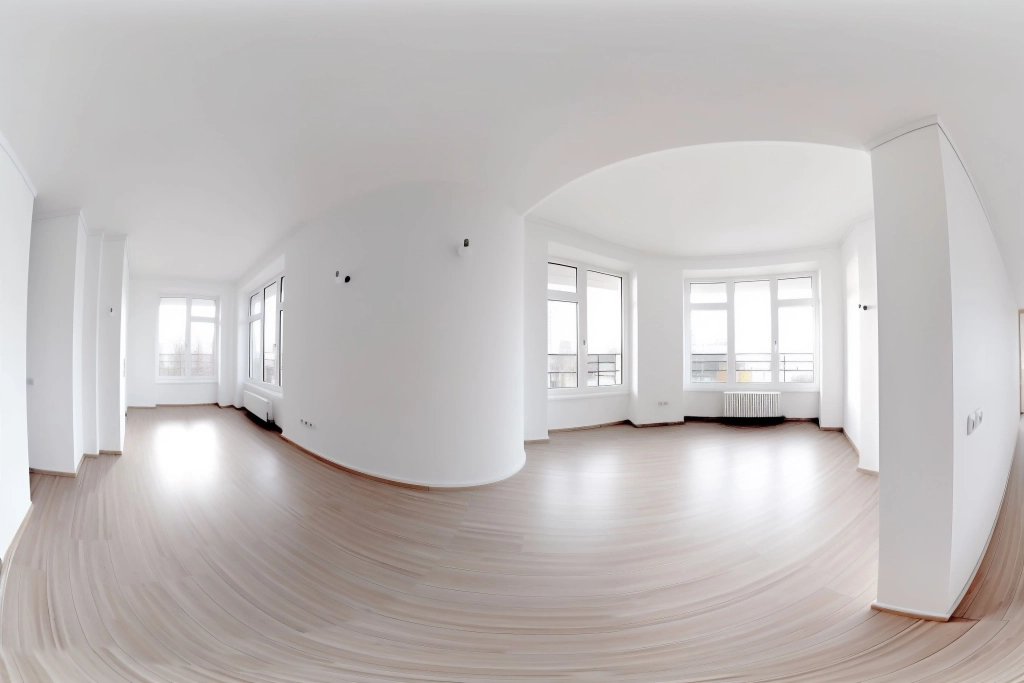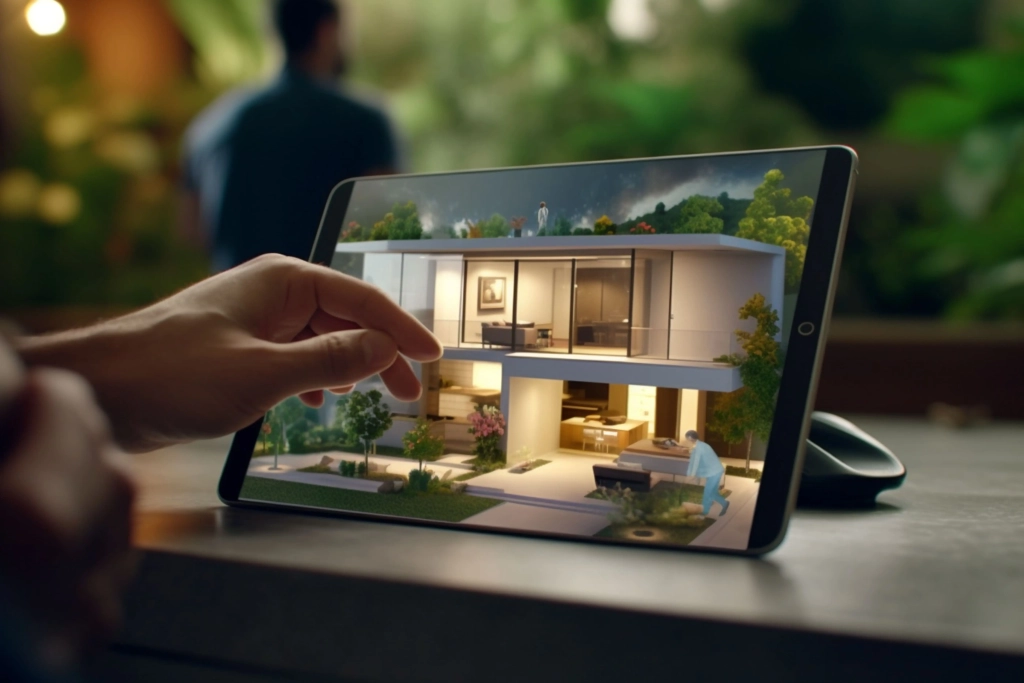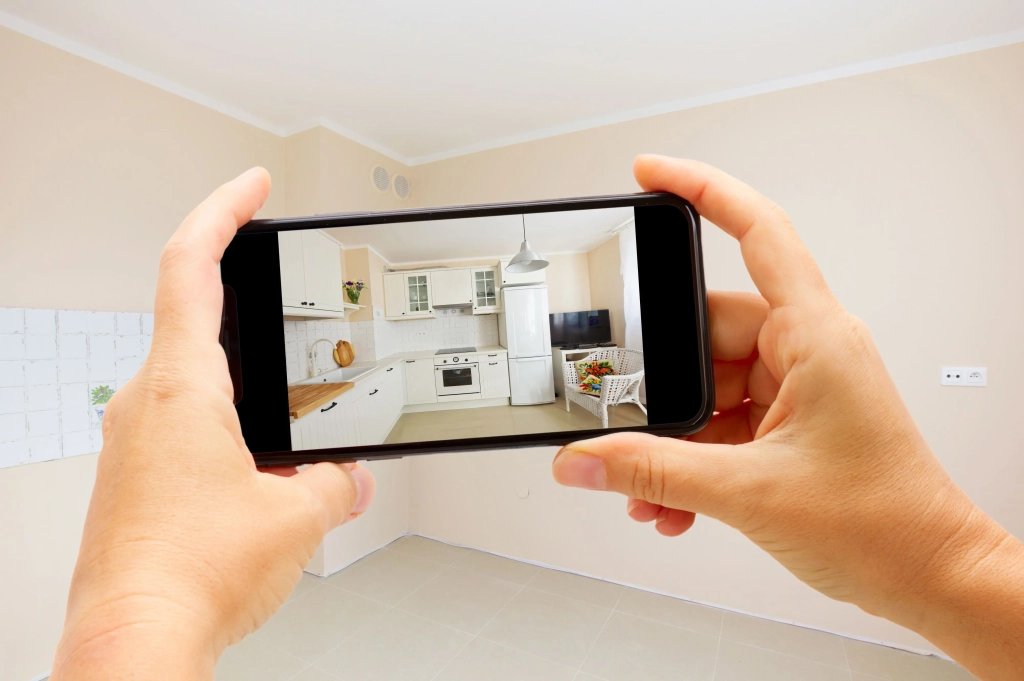The Revolutionary Impact of Virtual Tours on the Property Market

The Philippines is witnessing a monumental shift in its property market. Gone are the days of traditional home tours and strenuous property visits.
The dawn of Digital Real Estate is upon us, revolutionizing the way we perceive, buy, and sell properties. The use of virtual tours, an innovative aspect of digital real estate, is reshaping the contours of property dealings, blending the lines between the virtual and the real.
RELATED: Philippine Art Elevates Property Design: Real Estate’s Artistic Edge
Evolution of Digital Real Estate in the Philippines
Early Beginnings of Virtual Tours
The idea of “seeing” a property without being physically present was once a thing of the distant future. However, with advances in technology and increased internet penetration, the Philippines began its journey into the realm of digital real estate in the early 2000s. Property websites started offering photo galleries, which soon evolved into 360-degree panoramic views, laying the foundation for today’s comprehensive virtual tours.
Gradual Adoption of Property Technology
As the tech-savvy generation started dominating the buyer’s market, the demand for more interactive and immersive property viewing experiences began to rise. This paved the way for property technology or ‘PropTech’ in the Philippines. Platforms equipped with advanced algorithms, AI-driven chatbots, and VR-enabled virtual tours have started to become the norm, offering users a seamless property-buying experience.

Advantages of Virtual Property Tours
Enhanced User Experience
Virtual tours provide prospective buyers with an immersive experience, allowing them to explore properties at their own pace and convenience. This real-like experience bridges the gap between traditional property visits and digital exploration.
Cost-Effective and Time-Saving
For both property sellers and buyers, virtual tours cut down unnecessary expenses and time-consuming property visits. Moreover, with the ongoing pandemic restrictions, virtual tours have proven to be a safer and more efficient alternative.
The Technical Side of Virtual Tours
Creating a Virtual Tour
Ever wondered how these virtual tours are crafted? It begins with high-definition cameras capturing 360-degree photos of the property. Sophisticated software then stitches these images together, creating an interactive tour that users can navigate.
Platforms Promoting Virtual Tours in the Philippines
There’s a burgeoning list of platforms that cater to the growing demand for virtual property tours in the Philippines. These platforms not only showcase properties but also offer tools for real estate agents to create and host their own virtual tours.

Impact on Real Estate Agents and Brokers
Embracing the Digital Shift
While some were skeptical at first, most real estate professionals in the Philippines have come around to the potential of virtual tours. They’ve realized that it’s not about replacing the human touch but enhancing it with digital tools.
Challenges and Training Needs
Like any new technology, virtual tours come with a learning curve. Real estate professionals need to be trained to handle this new technology, from capturing the right images to using software and promoting virtual tours.
Current Market Players in Digital Real Estate
Leading Virtual Tour Providers
Several global players offer virtual tour solutions suitable for the Philippine market. These include Matterport and others. Their advanced tools allow for detailed property exploration, enhancing the buyer’s experience.
Philippine-based Platforms Showcasing Virtual Properties
Local platforms such as AllProperties, Brittany, Camella, Crown Asia, and Vista Residences have integrated virtual tours into their listings, ensuring that properties are showcased in the best possible light and providing users with an enriched property-viewing experience.

Blending Virtual with Traditional: A Harmonious Future
The interplay between traditional marketing methods and virtual tours is fascinating. For many years, billboards, newspapers, and word-of-mouth dominated the real estate advertising landscape in the Philippines. But as the digital wave washed over the world, the archipelago wasn’t left untouched.
The key to success in the evolving property market is understanding that digital innovations, like virtual tours, aren’t meant to replace traditional methods but to complement them. Here’s how they’re doing it:
Enhanced Storytelling through Virtual Staging
Virtual tours allow real estate professionals to virtually stage properties, letting potential buyers visualize a furnished space. This method, combined with traditional storytelling techniques, crafts a compelling narrative that appeals to emotions, making the sale process smoother.
Targeted Ad Campaigns with Virtual Open Houses
Real estate agents can now combine the reach of traditional media channels with the immersive experience of virtual open houses. Picture this: A billboard or newspaper ad inviting potential buyers to scan a QR code, transporting them instantly into a virtual property tour. This blend offers a seamless transition from the physical world to the digital realm.
Personal Touch Meets Digital Convenience
While virtual tours offer unmatched convenience, the personal touch of a real estate agent remains irreplaceable. Agents can now host live virtual tours, guiding viewers through properties in real-time, answering queries, and providing insights, just as they would during a physical tour.
Incorporating digital advancements like virtual tours with traditional marketing tactics has given the Philippine real estate market a competitive edge. This amalgamation ensures a holistic experience for buyers, proving once again that when the old and new come together harmoniously, magic happens.
Future of Digital Real Estate in the Philippines
If the current trend is anything to go by, virtual tours are here to stay, and their importance will only grow. We may even witness the rise of completely virtual real estate agencies, where all interactions, from property viewing to document signing, occur online.
Incorporating Augmented Reality (AR) and Virtual Reality (VR)
The next big thing in digital real estate? Integrating AR and VR to offer even more immersive experiences. Imagine walking through a virtual property and visualizing your own furniture in it. The possibilities are boundless.
The digital transformation of the real estate sector in the Philippines is undeniably exciting. As technology advances and buyer behavior shifts, virtual tours and other digital tools are setting new standards in the property market.
Whether you’re a buyer, a seller, or a real estate professional, there’s no denying that the future of real estate in the Philippines is virtual, and it’s brighter than ever.
FAQs
What is a virtual property tour?
A virtual property tour is an interactive and immersive way of exploring a property online. It allows users to navigate through the property as if they were physically present.
Why are virtual tours gaining popularity in the Philippines?
With the rise in digital adoption and the ongoing pandemic restrictions, virtual tours offer a safe, efficient, and enhanced property-viewing experience.
How do virtual tours benefit real estate agents?
Virtual tours can increase the reach of property listings, save time and costs associated with physical property visits, and offer clients a modern and interactive experience.
Are virtual tours expensive to create?
The cost can vary based on the technology used and the complexity of the tour. However, with the ROI they offer in terms of engagement and conversion, many consider it a worthwhile investment.
Will virtual tours replace traditional property visits completely?
While virtual tours offer a lot of advantages, many buyers still prefer a physical visit before making a purchase decision. It’s more about complementing the traditional process rather than replacing it.
What’s the future of digital real estate in the Philippines?
The future looks promising with the integration of advanced technologies like AR and VR. The line between the digital and the real will continue to blur, offering richer experiences to users.
Read more here: AllProperties Latest Blogs




